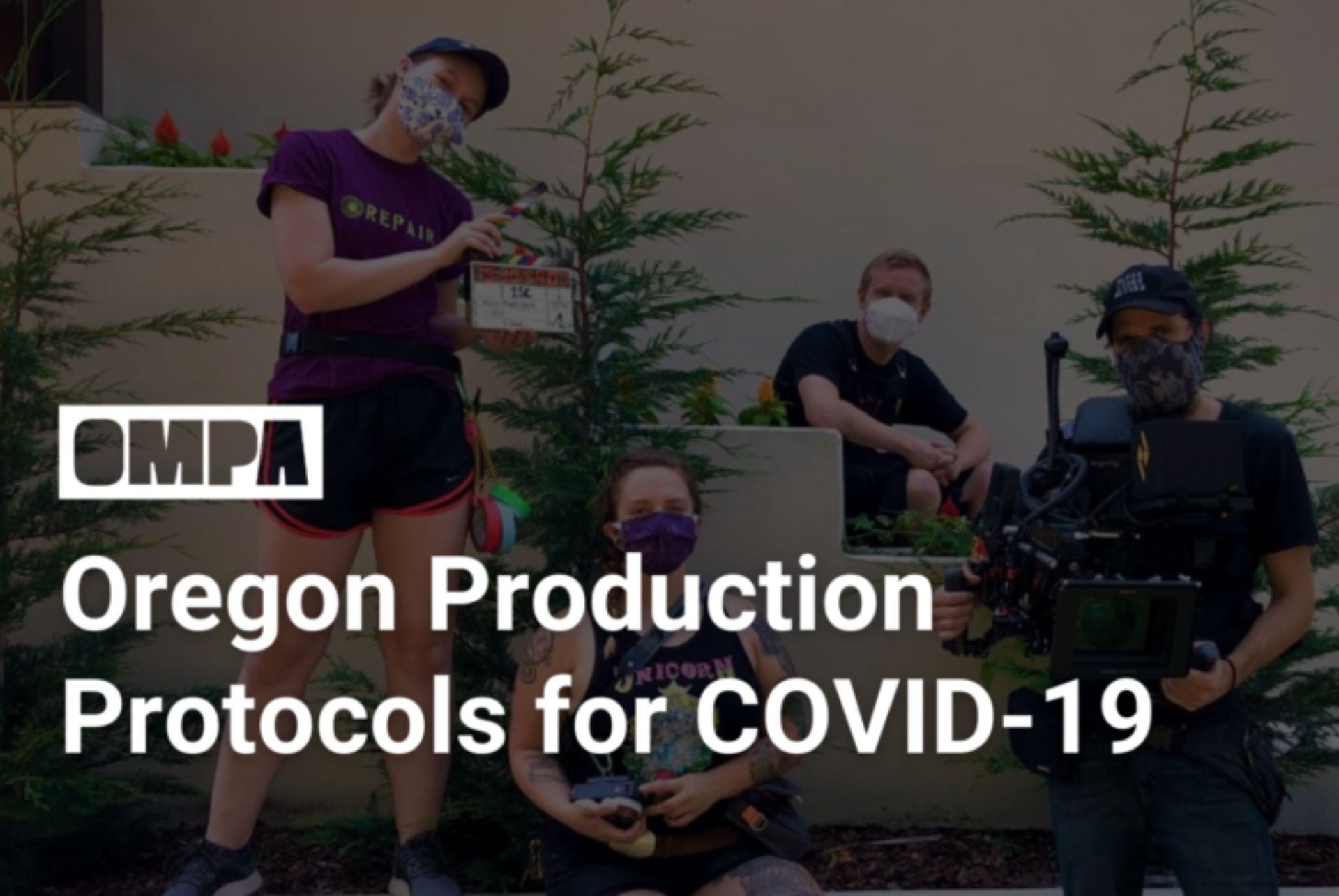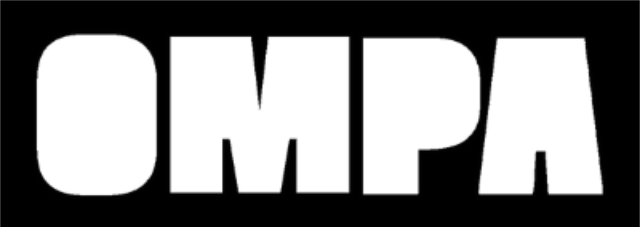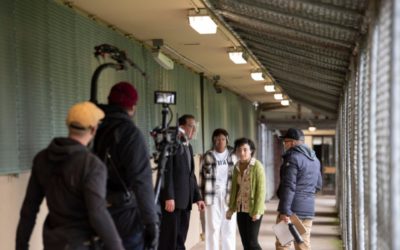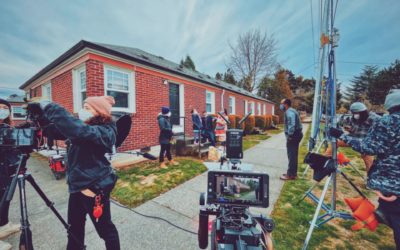Oregon Production Protocols
Have an idea for a story or want to be a contributing writer?

We teamed up with fellow Portland creative industry advocates MusicPortland and Regional Arts & Culture Council to present this conversation.
By lilly Joynes
Recent Updates
NOVEMBER 29, 2021
This update addresses the outdoor mask mandate for public places where physical distancing is not possible, which was enacted on August 27, 2021, has been removed.
Continue to General Production Protocols
AUGUST 27, 2021
This update reflects the Governor’s mask mandate now in effect.
July 21, 2021
This update incorporates the July 19 revision of the the SAG-AFTRA, IATSE, Teamsters and DGA “Return to Work” Agreement.
JUNE 30, 2021
This update reflects Governor Brown’s announcement that “Oregon is 100% open for business”! The new language is under “Following State and other restrictions” below.
MAY 20, 2021
This update addresses the new Oregon Health Authority guidance pertaining to fully vaccinated persons. You are considered “fully vaccinated” 14 days after 2nd dose of Pfizer or Moderna; 14 days after single dose Johnson & Johnson vaccine.
DECEMBER 3, 2020
Links added to new AICP Return to Work Agreement
SEPTEMBER 25, 2020
Embedded links updated to reflect new agreement reached between the unions and AMPTP (Alliance of Motion Picture & Television Producers).
AUGUST 14, 2020
The following clarification has been added to the protocols, and is reiterated in several places throughout the guidelines:
Maintaining 6′ of distance at all times, even while wearing masks, is critical especially when it comes to contact tracing protocols instituted at the county level.
JULY 31, 2020
- Additional clarification on when PPE is required; PPE guidelines for crew working near actors
- Removed suggestion for 10-minute daily safety meetings—they should be as long as necessary to keep everyone safe and informed.
JULY 17, 2020
- Clarification that the guidelines are to help employers meet the standard OSHA law requiring a safe workplace.
- Refines guidelines around COVID safety personnel
- Additions:
- Masks must also be worn outdoors where 6’ distancing cannot be maintained.
- Productions should hold daily 10-minute meetings specifically about COVID safety and concerns
- Guidelines on contact tracing
JULY 10, 2020
- Additional guidelines on what to do if someone tests positive for COVID-19
- Information on antibody testing—it’s not permitted by employers
**ORIGINAL POST: MAY 11, 2020**
Getting back to work
It goes unsaid that these are trying times for everyone, including all of us in the Oregon media production industry. Yet, we are a strong and vibrant community of professionals, skilled at solving problems and highly capable of meeting the challenges presented by COVID-19. We are also a community of caring individuals known to support each other and work together with respect and grace. These guidelines will help us protect each other while also helping to reduce the spread of the virus as we get back to work.
Voluntary but essential guidelines
The COVID-19 safety guidelines presented here are designed to provide predictability and consistency to the production process. As conditions and government policies evolve, we will continue to establish new recommended policies and practices for maintaining a safe working environment for all productions. While adherence to the guidelines is voluntary, they shall, in the absence of any negotiations which result in alternative guidelines, be presumed to be in effect on productions carried out by Oregon media industry members. It is the responsibility of the parties involved to come to an agreement prior to the commencement of production concerning situations not covered in these guidelines. It is also the responsibility of the parties to ensure state and federal law is being followed.
Following state and other restrictions
*Important updates made to this section 6/30/21.*
Oregon removed all COVID related restrictions on June 30, 2021. In addition, the SAG-AFTRA, IATSE, Teamsters and DGA “Return to Work” Agreement was also modified on July 19, 2021. Federal restrictions have also been recently relaxed. However, it is our intention to create guidelines that can be applied to traditional productions that minimize the risk of transmission of COVID-19 — while allowing work to continue under any federal, state, local, or union/guild restrictions and distancing measures that may still be in place.
For many film and television productions, guidelines and restrictions may still be in place from studios, guilds, and unions. Producers will need to resource these details according to the agreements and jurisdictions that apply to their productions. We have linked to many of these agreements, including the “Return to Work” Joint Guilds & Unions Protocols that apply to productions operating under a DGA, SAG-AFTRA, IATSE, and/or Teamsters agreement.
How the guidelines were developed
These guidelines were developed by the OMPA in coordination with Oregon Film, the local chapters of unions and guilds, local department heads and equipment vendors in the industry. They also reference guidelines offered by sources like AMPTP, Joint Unions (IATSE, DGA, SAG-AFTRA, Teamsters), BECTU, Nordic Film Guide, the EU and others. We have also tried to be as comprehensive as possible by incorporating the thoughts, suggestions and concerns of our Oregon cast and crew.
This document is meant to augment—not override—other union, guild, Government agency or local jurisdiction guidelines, or guidelines and regulations from insurance companies, production companies and studios & networks. These protocols should be used as guidelines to protect the safety of all those who work on media projects and will be updated and adjusted as more guidelines are identified and new state and federal guidelines are adapted.
Assign COVID-Specific Personnel
It is strongly recommended that every production should include some form of dedicated COVID-19-specific Health & Safety Personnel that manages new production protocols required to keep crews safe in a post-pandemic world. The IATSE-DGA-SAG-Teamsters-AMPTP Protocols calls this a COVID-19 Compliance Supervisor. In addition, a written and agreed to COVID-19-specific health and safety policy needs to be in place on all shoots. This is a requirement for projects utilizing the state incentive programs and by some permitting agencies.
Pay attention to everyone’s mental health
Resuming production during this time may be highly stressful and cause anxiety. The implementation of mental health resources to support the wellness of those participating in a production may be necessary.
Options could include:
- Emotional support hotline
- Telemedical health and behavioral health resources
- Mindfulness training; and
- Provision of online tools and resources.
Links to Federal and State guidelines & resources
- OHA: Interim Guidance for Fully Vaccinated Individuals
- CDC’s Interim Guidance for Businesses and Employers to Plan and Respond to Coronavirus Disease 2019.
- CDC’s COVID19 Symptoms & CDC’s “How COVID-19 Spreads”
- CDC Activities and Initiatives Supporting the COVID-19 Response and for Opening America Up Again
- CDC Workplace Signage
- Gov. Brown’s “Social Distancing” Restrictions for Oregon, COVID-19 Resource Page and General Guidance for Employers.
- Gov. Brown’s 3 Phase Plan for Reopening Oregon
- Oregon Health Authority COVID-19 Page.
- EPA’s list of disinfectants to use against C-19
- OSHA, Guidance on Preparing Workplaces for COVID-19, 3/2020
- OSHA: COVID-19 Updated Page
- OSHA: Oregon COVID-19 Policy Resource page
- OSHA: Revised Enforcement Guidance for Recording Cases of Coronavirus Disease 2019 (COVID-19)
- OSHA: Fact sheet related to Voluntary Respirator Use in the workplace
- OSHA: Consultation Service
Stay safe and be well
Thank you for reviewing and adopting these guidelines. Have questions or suggestions? Email info@ompa.org.
Continue to General Production Protocols
Share This Resource:




